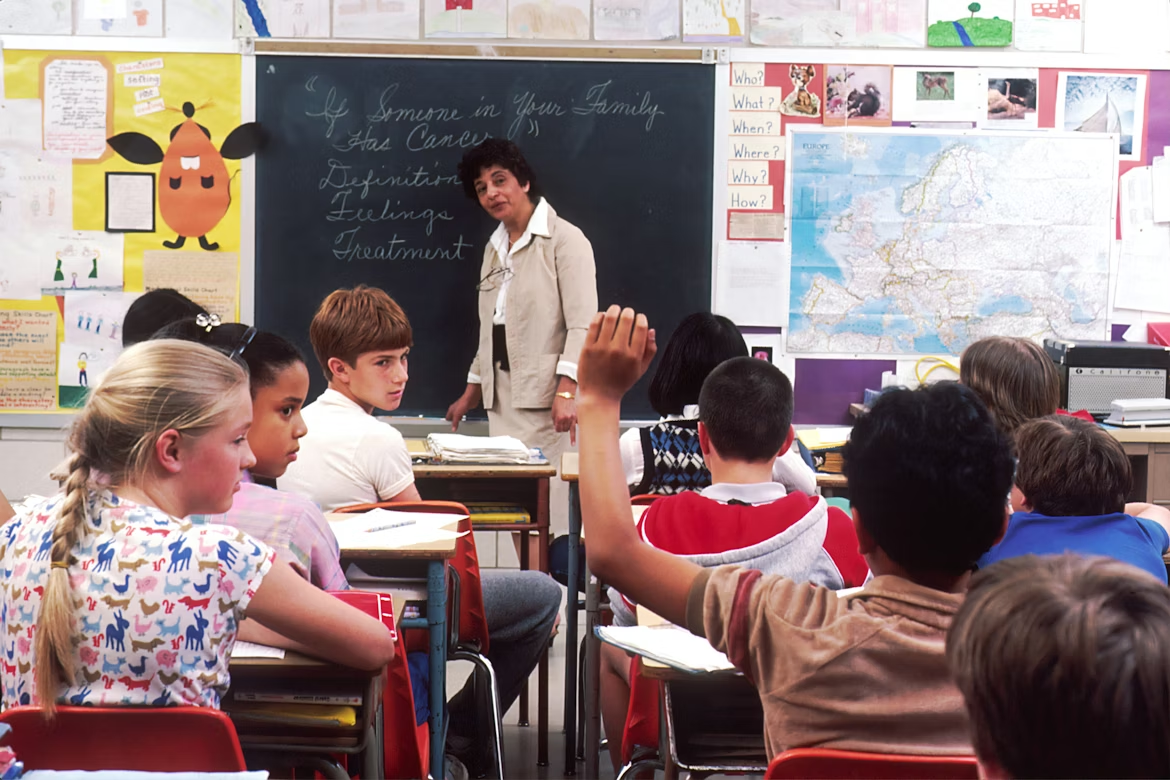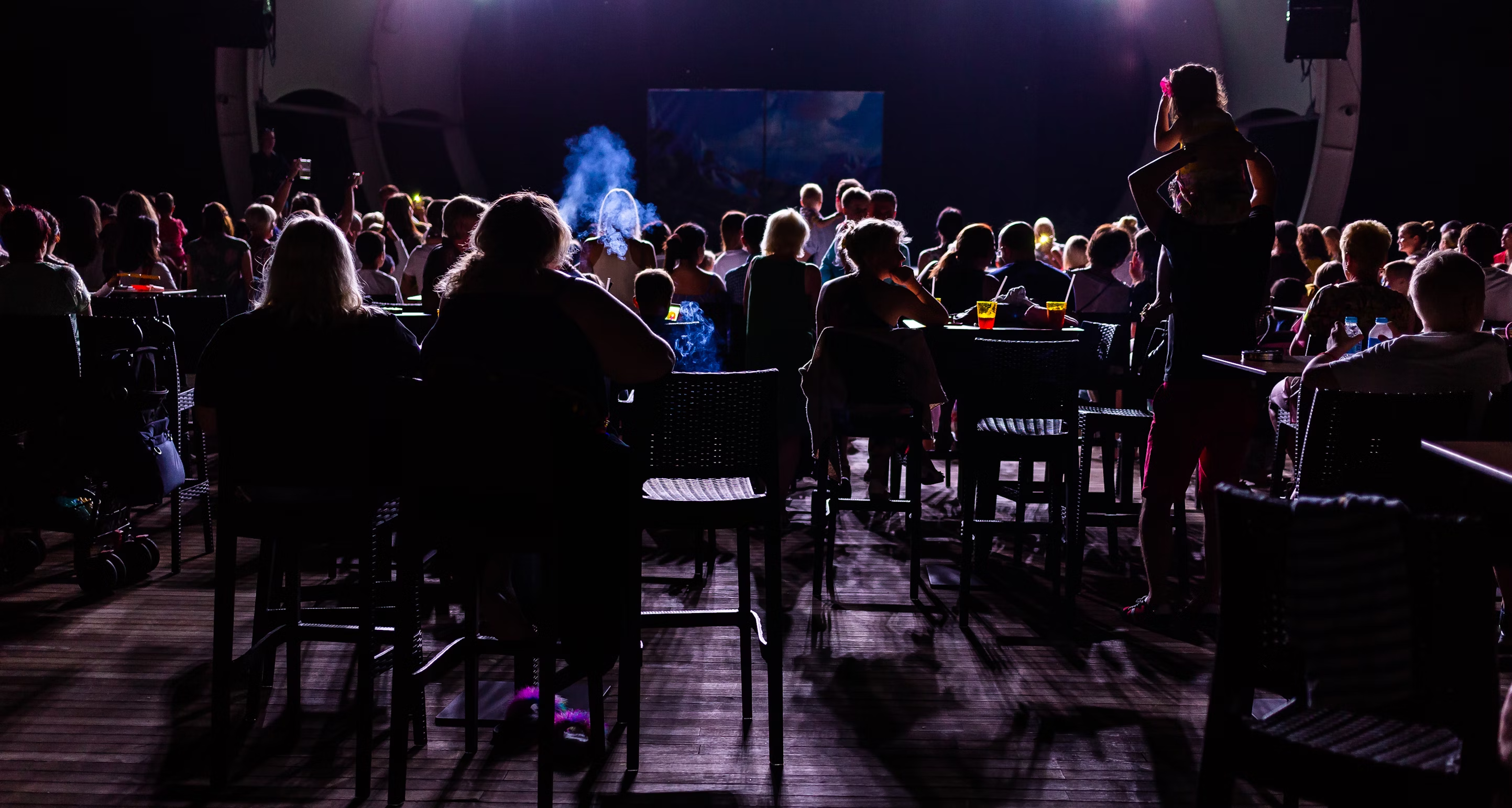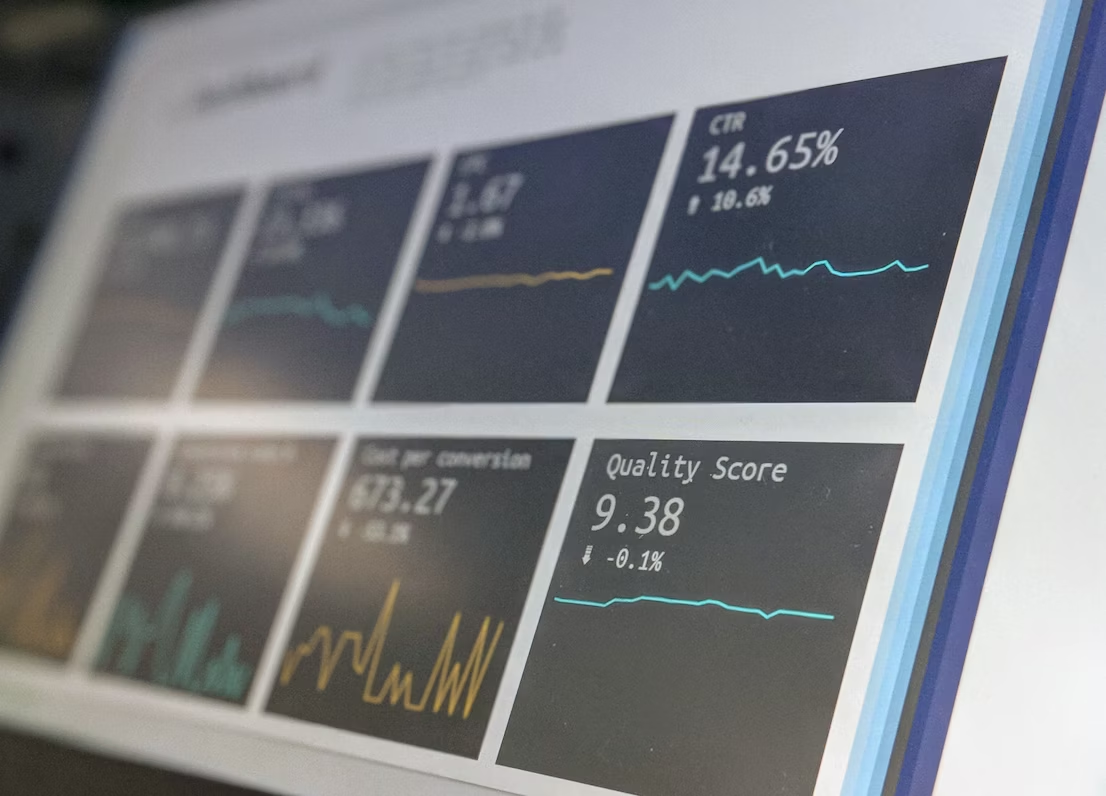Introduction to Community Engagement for Theatre Marketing
Community engagement through local partnerships is a powerful strategy for theatre companies to promote their shows, reach new audiences, and strengthen ties within their communities. By collaborating with businesses, schools, and organizations, theatres can tap into existing networks, leverage shared resources, and create mutually beneficial promotional opportunities.
Partnering with local entities offers numerous advantages. It expands the theatre's reach beyond its traditional patrons, exposing the shows to diverse audiences who may not have been aware of or considered attending productions previously. These partnerships foster goodwill and positive associations with the theatre, enhancing its reputation and positioning it as a valuable community asset.
Engaging the local community through partnerships is also a cost-effective marketing approach. Rather than relying solely on expensive advertising campaigns, theatres can leverage the platforms, communication channels, and customer bases of their partners. This cross-promotion amplifies marketing efforts while sharing costs and responsibilities.
Ultimately, community engagement through local partnerships creates a win-win situation. Theatres gain increased visibility, new audience members, and stronger community ties, while partners benefit from the association with cultural events, opportunities for employee engagement, and potential customer acquisition. By fostering these connections, theatres can ensure their long-term success and solidify their role as vital community institutions.
Partnering with Local Businesses
Partnering with local businesses presents a mutually beneficial opportunity for theatres to increase visibility and drive ticket sales, while businesses gain valuable exposure and goodwill within the community. Effective partnerships can take various forms, including cross-promotions, sponsored discounts or giveaways, advertising venues, and corporate ticket sales.
Cross-promotions involve collaborative marketing efforts where both the theatre and business promote each other's offerings. For instance, a restaurant could offer discounts for theatregoers or include promotional materials in their establishment, while the theatre advertises the restaurant in its playbill or social media channels. This reciprocal arrangement expands reach and attracts new audiences.
Sponsored discounts or giveaways present an enticing incentive for customers. Businesses can sponsor discounted ticket prices or offer complimentary tickets as prizes, generating excitement and driving traffic to their establishment. In return, the theatre gains valuable sponsorship revenue and increased exposure through the business's marketing channels.
Advertising venues within local businesses provide theatres with high-visibility promotional opportunities. From posters and flyers in storefront windows to digital signage in lobbies or waiting areas, these placements put the theatre's productions directly in front of potential audiences during their daily routines.
Corporate ticket sales offer a unique way for businesses to reward employees, entertain clients, or host team-building events. Theatres can create corporate packages with discounted group rates, VIP experiences, or exclusive behind-the-scenes opportunities. This approach not only generates ticket revenue but also fosters community engagement and brand loyalty.
School Partnerships and Student Engagement
Theatre companies can engage students and partner with schools in several ways. Student matinees offer discounted pricing for class trips to see shows during weekday performances. Educational study guides provide background information, lesson plans, and activities aligned with the production to enhance the learning experience. Post-show talkbacks allow students to interact with cast members, asking questions and gaining insights into the creative process. Some theatres also offer internship opportunities for high school or college students interested in hands-on experience in marketing, administration, technical theatre, and other areas.
According to Benefits of Theatre Ed, "Schools with arts-integrated programs, even in low-income areas, report high academic achievement." Engaging students through theatre education partnerships can have significant benefits. Theatre Counts highlights how "Theatre education benefits are numerous and powerful and exist across student populations, age levels and learning environments."
Connecting with Community Organizations
Community organizations offer valuable partnership opportunities for theatres to connect with diverse audiences, support aligned causes, and drive group sales. Nonprofits focused on social services, education, youth development or underserved populations can be particularly impactful partners. Theatres can donate a percentage of ticket sales for fundraising, offer discounted group rates, or co-promote shows aligned with the nonprofit's mission or highlighting relevant themes. For example, partnering with a women's empowerment group for a production celebrating strong female leads.
Beyond fundraising, these partnerships expose new audiences to the theatre experience while allowing organizations to reward volunteers, staff or clients. As Three Bone Theatre's community partnership page states, "We believe the arts are for everyone and we want to connect our work to the larger Charlotte community." Building these bridges increases community engagement and relevance for both partners.
Creating Engagement Through Social Media
Social media provides a powerful platform for connecting with your local community and cross-promoting with partners. Localize your content by highlighting local cast members, crew, venues, and behind-the-scenes snippets. Share teasers and sneak peeks to build excitement. Run contests and giveaways in partnership with local businesses, offering tickets, merchandise, or experiences as prizes.
Encourage audience participation by asking them to share photos, videos, reviews, or testimonials using dedicated hashtags. Cross-promote by sharing your partners' content and having them share yours. Behind-the-scenes glimpses into rehearsals, set design, costume creation, and more can captivate audiences and make them feel invested in the show's success.
Planning Partnership Promotions and Events
Successful partnership promotions and events require careful planning and coordination. Begin by establishing a clear timeline, outlining key milestones and deadlines for tasks such as securing venues, finalizing promotional materials, and coordinating with partners. Clearly define roles and responsibilities for all stakeholders involved, including your organization, partners, and any third-party vendors or contractors.
Develop a comprehensive marketing and promotion plan that leverages the strengths of each partner. This may include cross-promoting on social media channels, co-branded advertising campaigns, or exclusive offers for partner audiences. Ensure all promotional materials and messaging align with your theatre's branding and the overall event vision.
Implement a robust approval process for all marketing collateral, event logistics, and partner activations to maintain quality control and consistency. Regularly communicate with partners to address any concerns or changes promptly.
Establish metrics and tracking mechanisms to measure the success of your partnership promotions and events. This could include ticket sales, social media engagement, website traffic, and post-event surveys. Analyze this data to identify areas for improvement and inform future partnership strategies.
Measuring and Analyzing Partnership Success
Setting clear goals and metrics is crucial for evaluating the success of community partnerships. Key metrics to track include ticket sales from partner promotions, website traffic and engagement from partner channels, and social media reach and interactions. Surveying audiences after the show can provide valuable feedback on the effectiveness of partnerships and areas for improvement.
Calculating the return on investment (ROI) is also essential. This involves comparing the costs of partnership activities (e.g., promotional materials, event expenses) against the revenue generated from ticket sales and other benefits like increased brand awareness. A positive ROI indicates a successful partnership, while a negative ROI may prompt re-evaluation or adjustments for future collaborations.
Consistent data tracking and analysis allow theatre companies to identify their most valuable community partners, refine their partnership strategies, and demonstrate the tangible impact of community engagement efforts. As noted in a HubSpot case study, "Measuring the success of marketing initiatives is essential for understanding what works and what doesn't, and for making data-driven decisions about where to allocate resources."
Sustaining and Growing Community Relationships
Building and sustaining strong community relationships is essential for the long-term success of theatre marketing efforts. Establishing trust and rapport with local businesses, schools, and organizations takes time and consistent engagement. Renewing partnerships year after year can lead to more impactful collaborations and deeper community connections.
One key strategy is to maintain open communication channels with partners, providing regular updates, sharing successes, and exploring new opportunities for collaboration. Attending local networking events, joining community organizations, and actively participating in local initiatives can help theatres stay connected and identify potential new partners.
It's also important to show appreciation for partners' contributions through public recognition, exclusive events or perks, and sincere gestures of gratitude. Treating partners as valued stakeholders in the theatre's success can make a sense of investment and commitment to the relationship.
Continuously seeking feedback from partners, as well as analyzing data on engagement metrics, can inform strategies for strengthening relationships and tailoring collaborations for mutual benefit. As trust and rapport grow over time, theatres can explore more ambitious joint initiatives that create deeper community impact.
Additional Resources and Tools
There are many resources available to help theatres find and connect with local partners. The Tessitura Network provides guides on topics like audience development, marketing strategies, and building community relationships. Local business directories and community organization databases can also be invaluable for identifying potential partners in your area. Some theatres create templates for partnership proposals, cross-promotion toolkits, or shared marketing calendars to streamline collaborations. Online resource hubs like HowlRound's Community Engagement section offer case studies, best practices, and advice from peer organizations.
Looking Ahead for Theatre Community Engagement
As theatres continue to evolve and embrace new technologies, the possibilities for innovative community engagement strategies are vast. Virtual extensions of live performances, such as interactive online experiences or digital programs, could help reach wider audiences. Partnerships with technology companies to create immersive or mixed reality experiences may become more prevalent, blending the physical and digital worlds.
Theatres may also explore micro-influencer marketing, partnering with local social media personalities to promote shows authentically within their communities. Data-driven personalization and targeted marketing could allow for more tailored engagement based on audience preferences and behaviors.
Looking ahead, theatres that prioritize genuine community connections, embrace emerging technologies thoughtfully, and continually adapt their engagement strategies are likely to thrive. As the cultural landscape evolves, fostering a sense of belonging and co-creation with local communities will be paramount for the future success of theatre.









